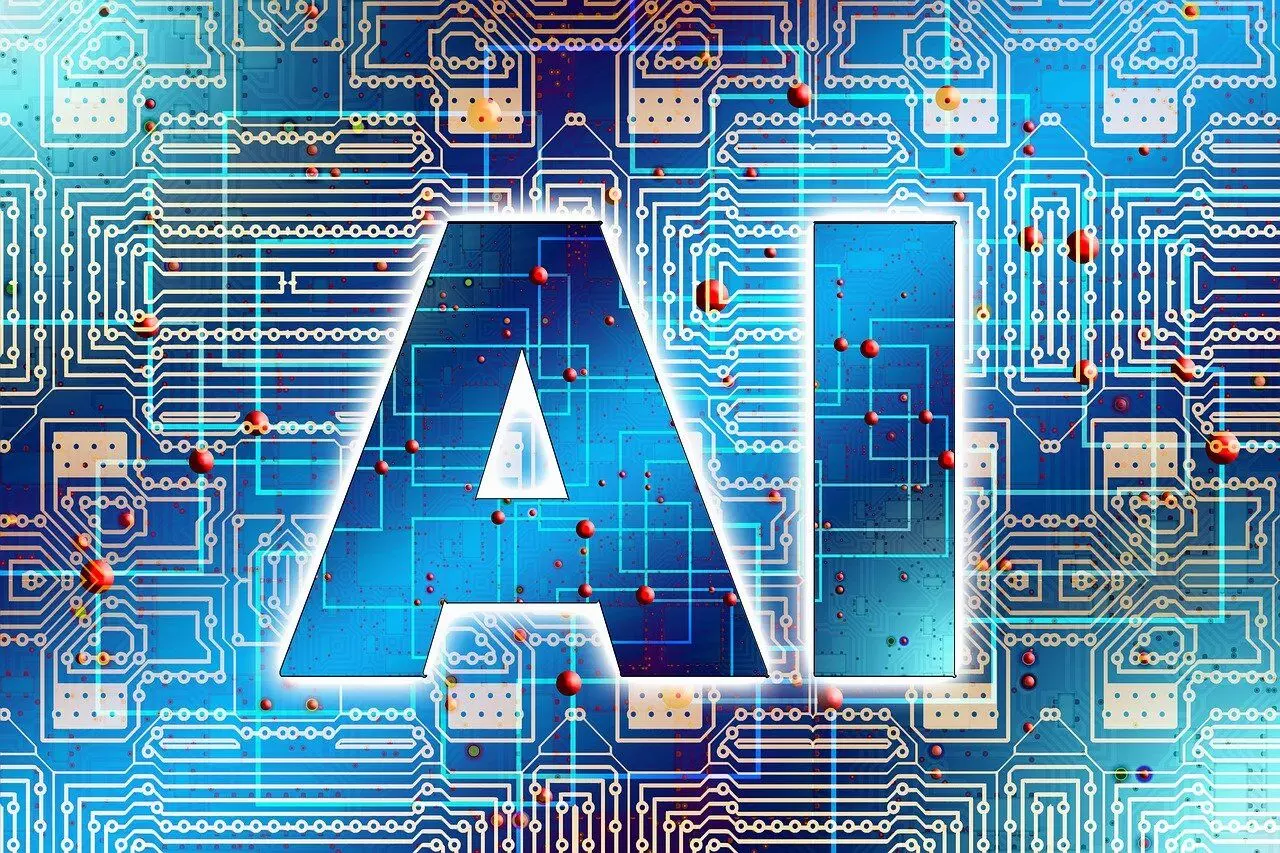for a secure future

In today's rapidly advancing technological landscape, artificial intelligence (AI) is no longer just a buzzword but a reality that enhances our daily routines through devices like smart speakers and fitness-tracking smartwatches. These innovations offer convenience and personalisation but come with a caveat: an increased risk of personal data exposure. As consumers, we must understand the mechanisms behind these AI-powered devices. Manufacturers collect extensive amounts of data to make devices intuitive. This data aggregation, however, opens up potential vulnerabilities that could attract cybercriminals eager to exploit personal information.
The ubiquity of AI in our everyday gadgets necessitates a shift towards more informed consumer behaviour and heightened cybersecurity awareness. It's no longer enough to appreciate the convenience of modern technology without recognising the responsibilities it entails. The advent of the Internet of Things (IoT)—with household items from fridges to doorbell cameras now internet-connected—has brought about an era where an estimated 17 billion devices globally are interlinked. Early IoT devices were simple and posed fewer security risks, capable of basic tasks like remote light switches or thermostat adjustments. These devices did not adapt or learn from user behaviour, which limited their risk profile.
Today, the integration of AI into these devices enables them to learn and evolve, tailoring their functionalities to user preferences. For example, a smart speaker might adapt its responses based on overheard conversations, thereby becoming more useful to the user. This capability, while innovative, also broadens the attack surface for potential cyber threats. AI integration makes devices smarter but also more susceptible to attacks, such as those that manipulate the device's functionality or corrupt the AI's learning data. The risk extends to sophisticated attacks that could potentially reverse-engineer AI models to access sensitive data. The convenience offered by advanced AI features, like those in smart doorbell cameras that can identify visitors by face recognition, is undeniable. However, the security of these devices has not kept pace with their technological advancements, leading to significant vulnerabilities.
Manufacturers are beginning to prioritise robust security measures, including strong encryption and regular updates, to mitigate these risks. Despite these efforts, many users remain blissfully unaware of the potential dangers or the depth of data collection involved. There is an urgent need for industry-wide security standards to ensure that devices are secure before they reach the market. Transparent communication from manufacturers regarding how data is collected, stored, and protected is crucial. Consumers must be made aware of these practices and the steps they can take to secure their devices.
As global recognition of AI's risks grows, governments and industries are crafting regulations to protect consumers from these invisible threats. Until these regulations are fully implemented, the onus is on us, the consumers, to stay vigilant. To safeguard our digital lives, we must actively manage the AI capabilities of our devices, disabling unnecessary features and being discerning about the devices we bring into our homes. Understanding and utilising the security settings provided by manufacturers, and keeping devices updated, are critical steps in protecting our personal information. As we navigate this new era of smart technology, let us embrace the benefits of AI with caution and responsibility, ensuring that our digital convenience does not come at the cost of our privacy and security.




